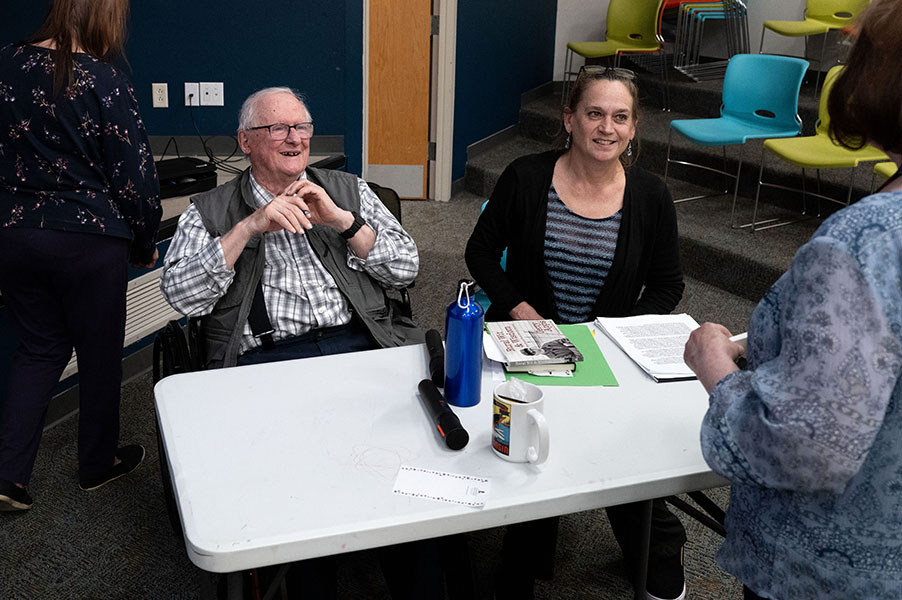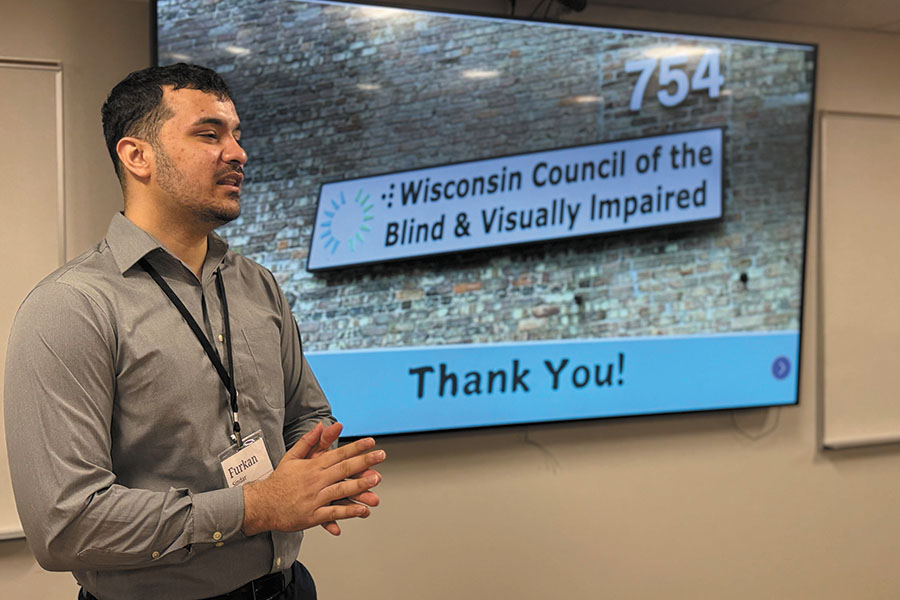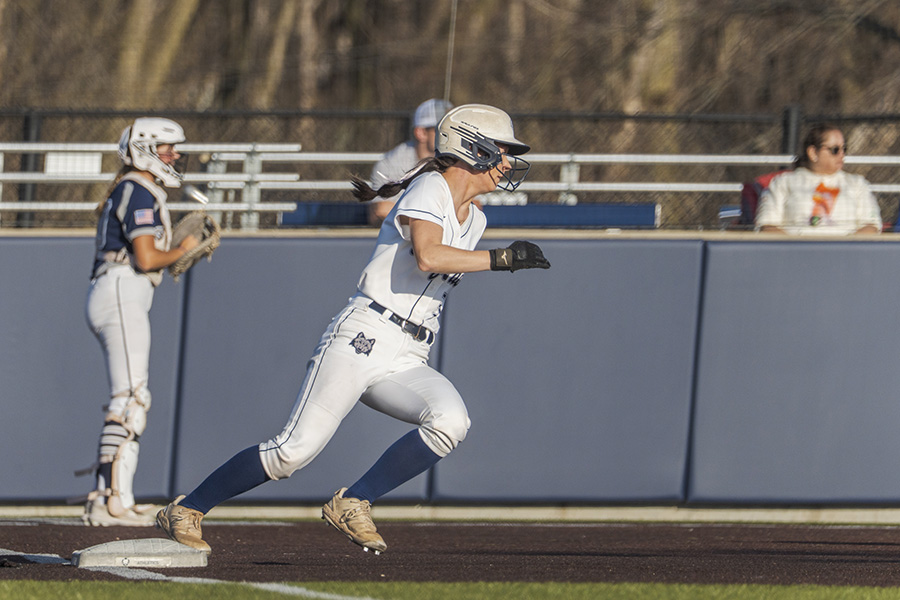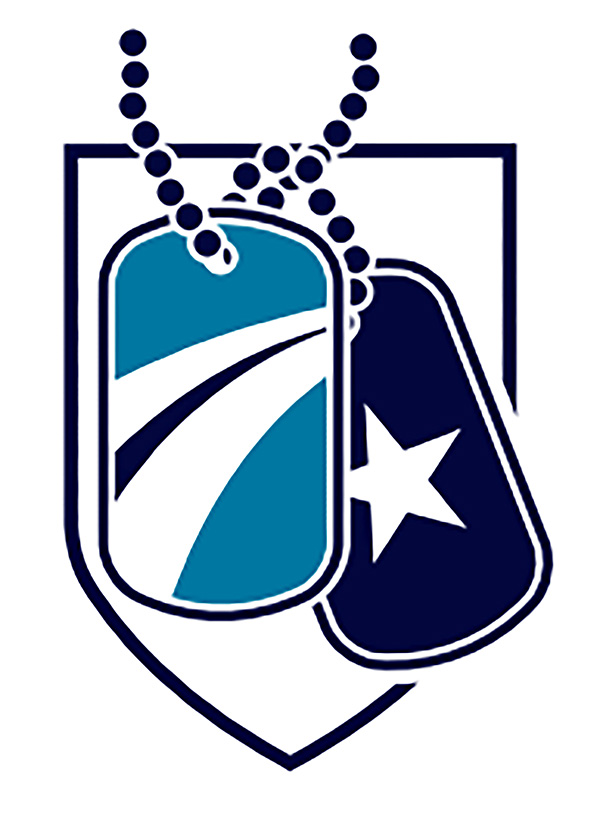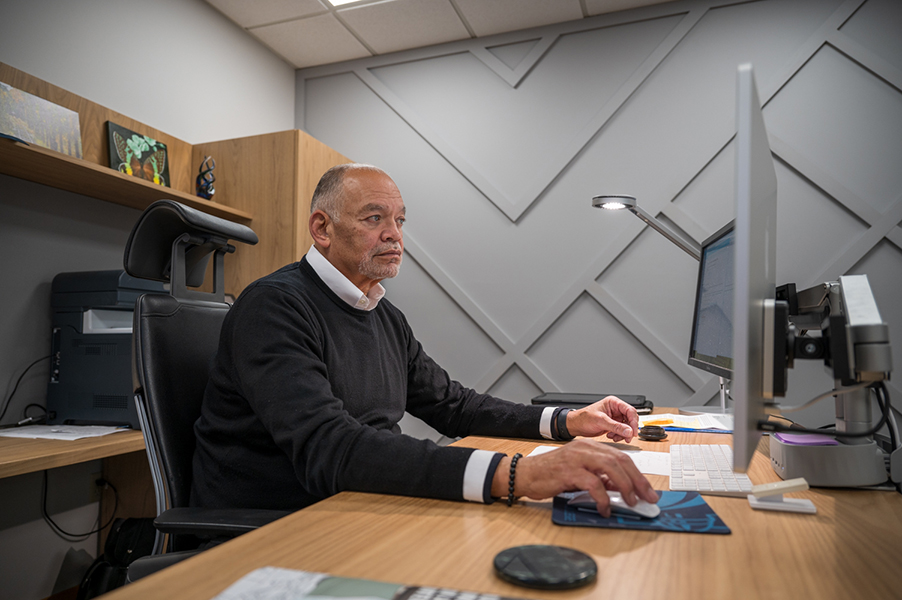For most of my life, I never truly understood that breast cancer can affect anyone, regardless of gender. In my family, two members have had it, but I never gave it much thought. About three years ago, I discovered a lump in my left breast tissue, about the size of a quarter. My initial reaction was sheer terror. Until my doctor’s appointment, all I could think about was the possibility of cancer. The mammogram was more painful than I had imagined, as the X-ray machine compressed the lump area. It was a tough day at the doctor’s office.
Breast cancer is the most common cancer among women, but it can also occur in men, albeit more rarely. It’s crucial for everyone, not just women, to know how to perform self-examinations. What if you’re the one who gets it, and you don’t realize it until it’s too late?
In women, the risk is 1 in 40. Early detection is key to survival. Advanced stages of breast cancer can metastasize, spreading to other parts of the body, making treatment more difficult and potentially fatal.
Treatment options include surgery, radiation therapy, chemotherapy, hormone therapy and targeted therapy, depending on the type of cancer. Survival rates have decreased by 42% between 1989 and 2021, but early detection can improve these odds.
The emotional impact was significant for me, especially after losing family members to this disease.
We should all take a moment to check ourselves regularly to ensure we’re in good health and can continue living our lives to the fullest.



